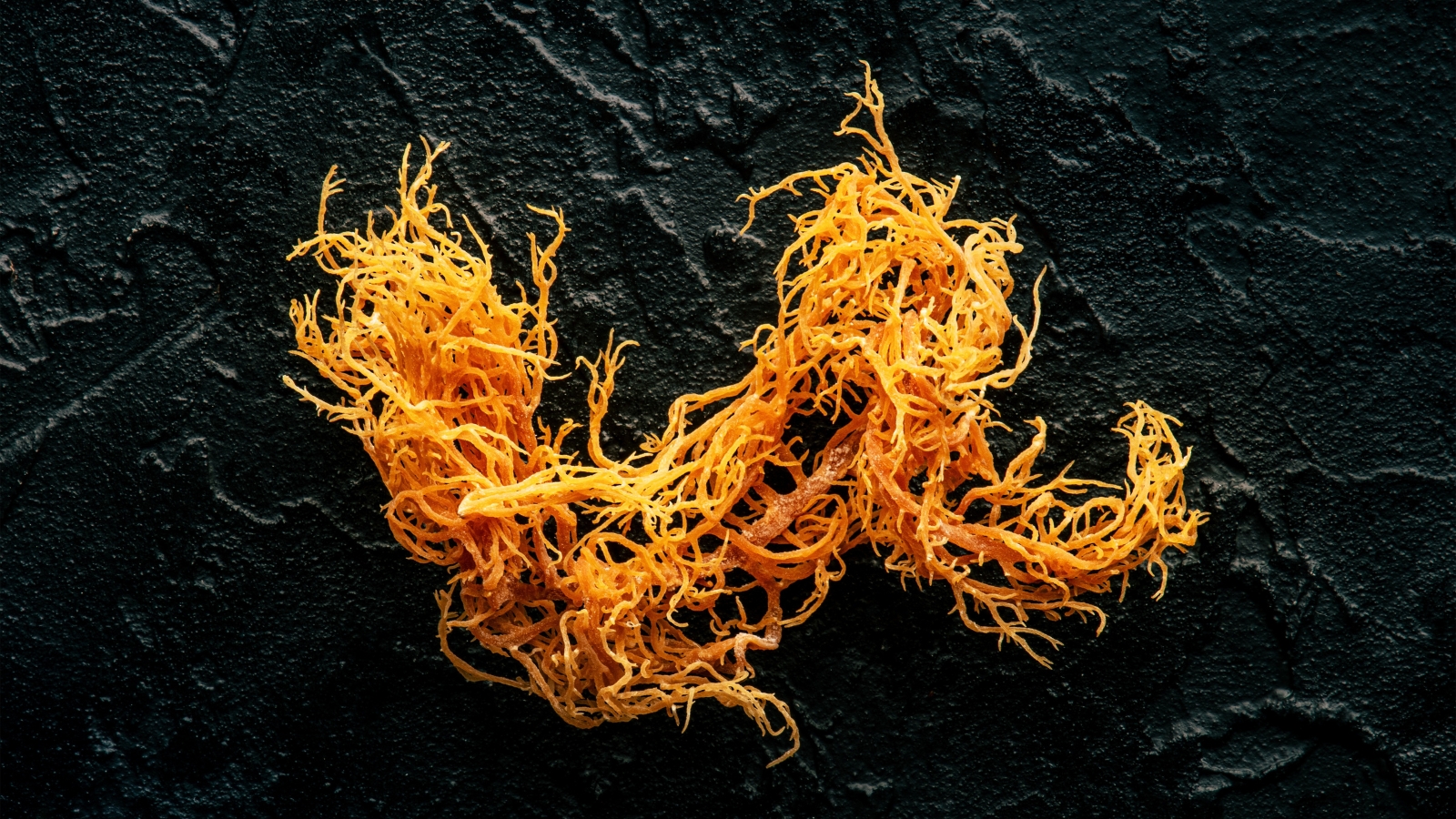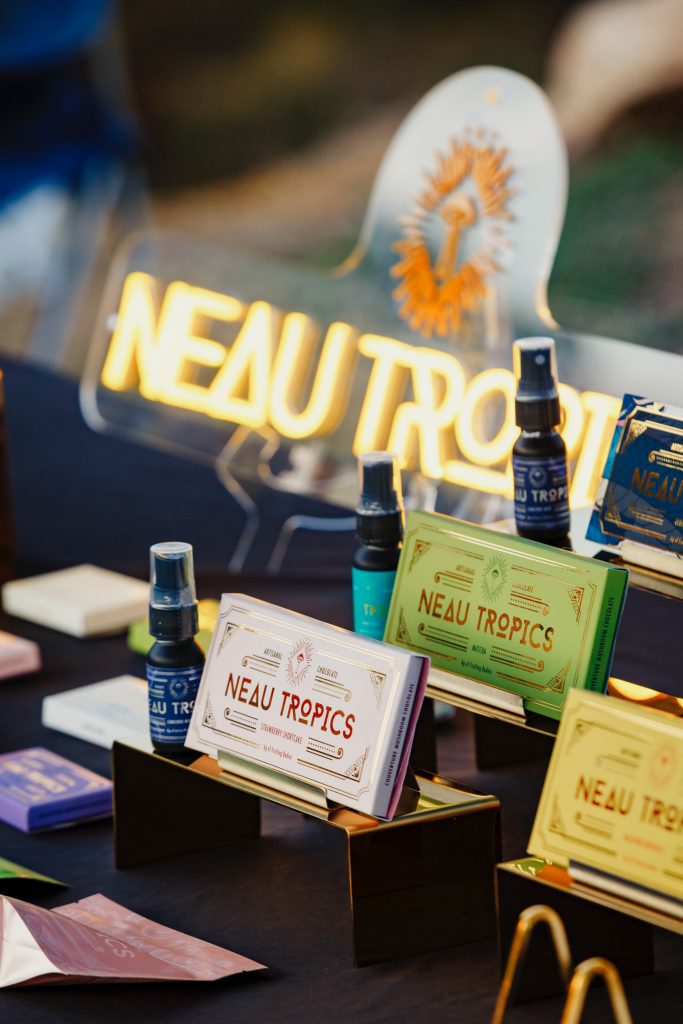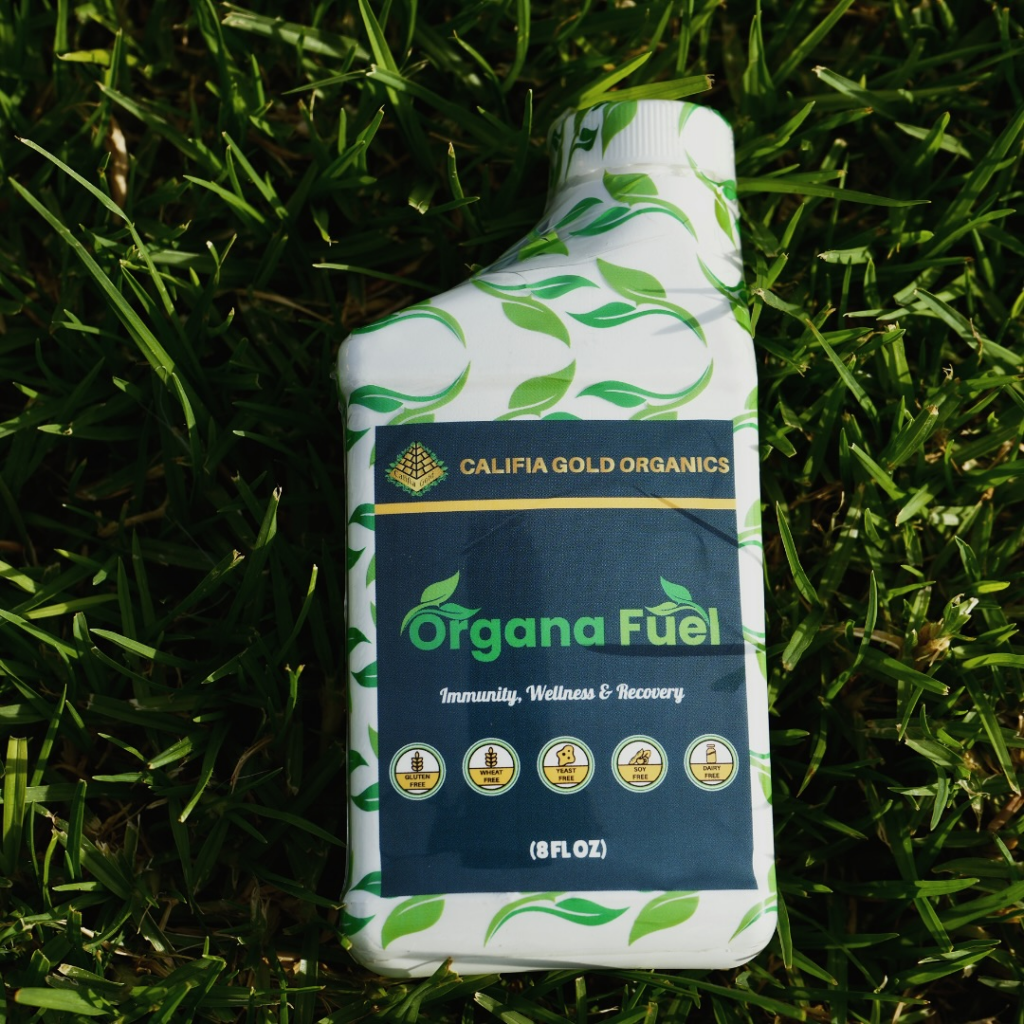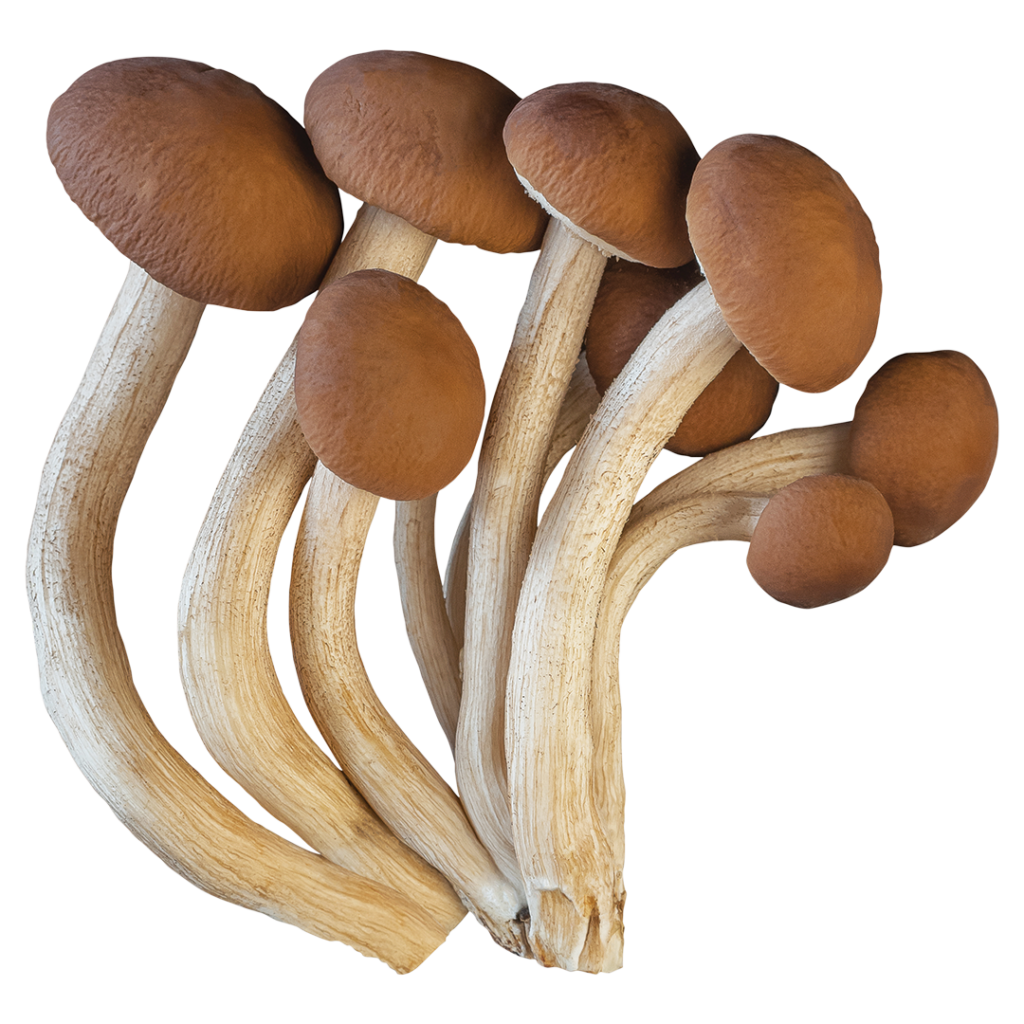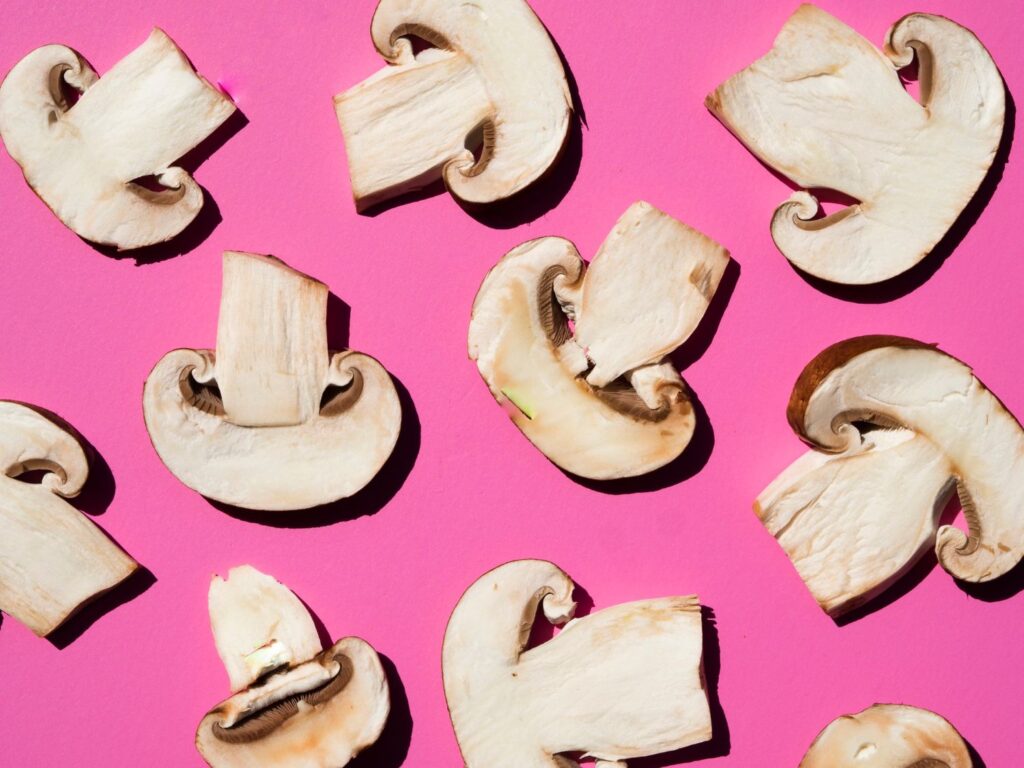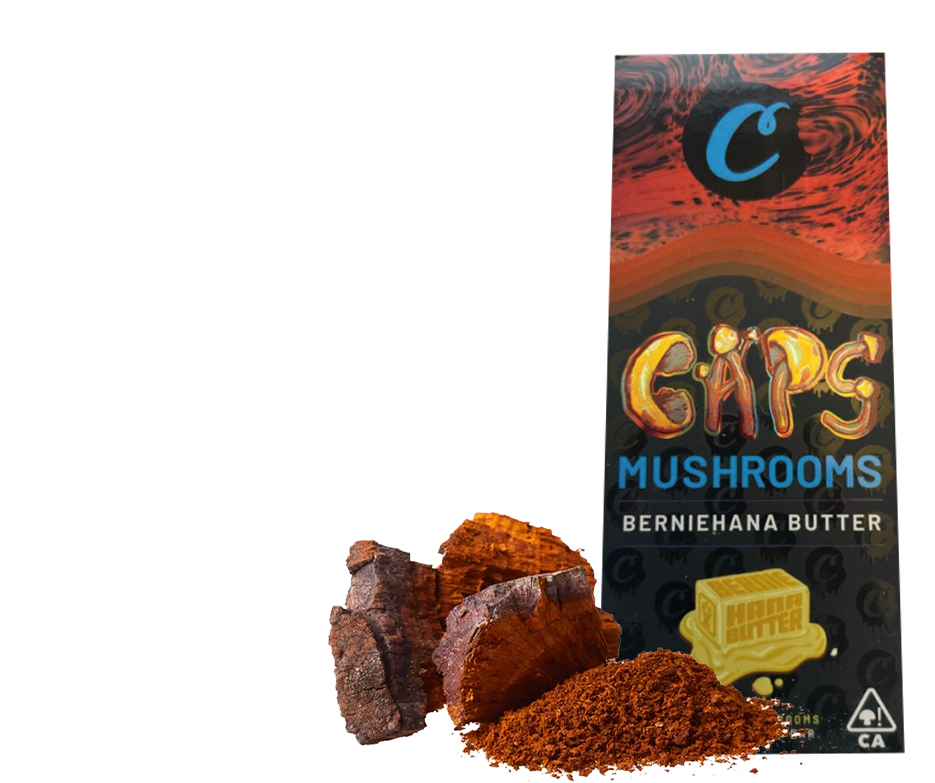Eating seaweed is not a foreign concept, as many of us enjoy sushi rolls, nori wraps, and soups filled with this green goodness from the ocean. But there’s another sea specimen making a name for itself right now, and it comes in a variety of formats—sea moss.
Sea moss might not seem like something you want to nibble on, but it has recently gained popularity in the health and wellness world for its impressive nutritional profile and potential health benefits. While Chondrus crispus, also known as Irish moss, is the most well-known variety, other types like Eucheuma cottonii (Jamaican Sea Moss) and Gracilaria (Jamaican Gracilaria) are also gaining attention.
For centuries, various cultures have used sea moss in traditional medicine to treat a range of ailments. Today, researchers are uncovering the bioactive compounds and nutrients found in different types of sea moss, which may support overall health and well-being.
In this article, we’ll dive into the world of sea moss, exploring its varieties, harvesting practices, nutritional profile, and potential sea moss benefits. We’ll also discuss how to incorporate sea moss into your diet and lifestyle, and provide tips on choosing the right sea moss product for your needs.

Types of Sea Moss
Sea moss comes in various forms, each with its own unique characteristics and potential benefits. In this section, we’ll explore three of the most popular types of sea moss.
Chondrus crispus (Irish Moss)
Chondrus crispus, commonly known as Irish Moss, is a red algae that grows along the rocky coastlines of the Atlantic Ocean, particularly in Ireland, Canada, and the United States. It has a thick, rubbery texture and ranges in color from yellowish-green to purple-red. Irish Moss is rich in carrageenan, a type of polysaccharide that has been used as a thickening agent in food and cosmetics for centuries. It is also a good source of minerals like iodine, calcium, and potassium.
Eucheuma cottonii (Jamaican Sea Moss)
Eucheuma cottonii, or Jamaican Sea Moss, is a type of red algae that is commonly found in the Caribbean, particularly around Jamaica. It has a more delicate, slightly translucent appearance compared to Irish Moss and is often lighter in color, ranging from pale yellow to golden-brown. Jamaican Sea Moss is known for its high content of minerals like calcium, magnesium, and iron, as well as its potential to support digestive health and immune function.
Gracilaria (Jamaican Gracilaria)
Gracilaria, sometimes referred to as Jamaican Gracilaria, is another type of red algae found in the Caribbean. It has a similar appearance to Eucheuma cottonii but tends to be slightly darker in color and has a more robust texture. Gracilaria is rich in antioxidants and has been studied for its potential anti-inflammatory and anti-tumor properties.
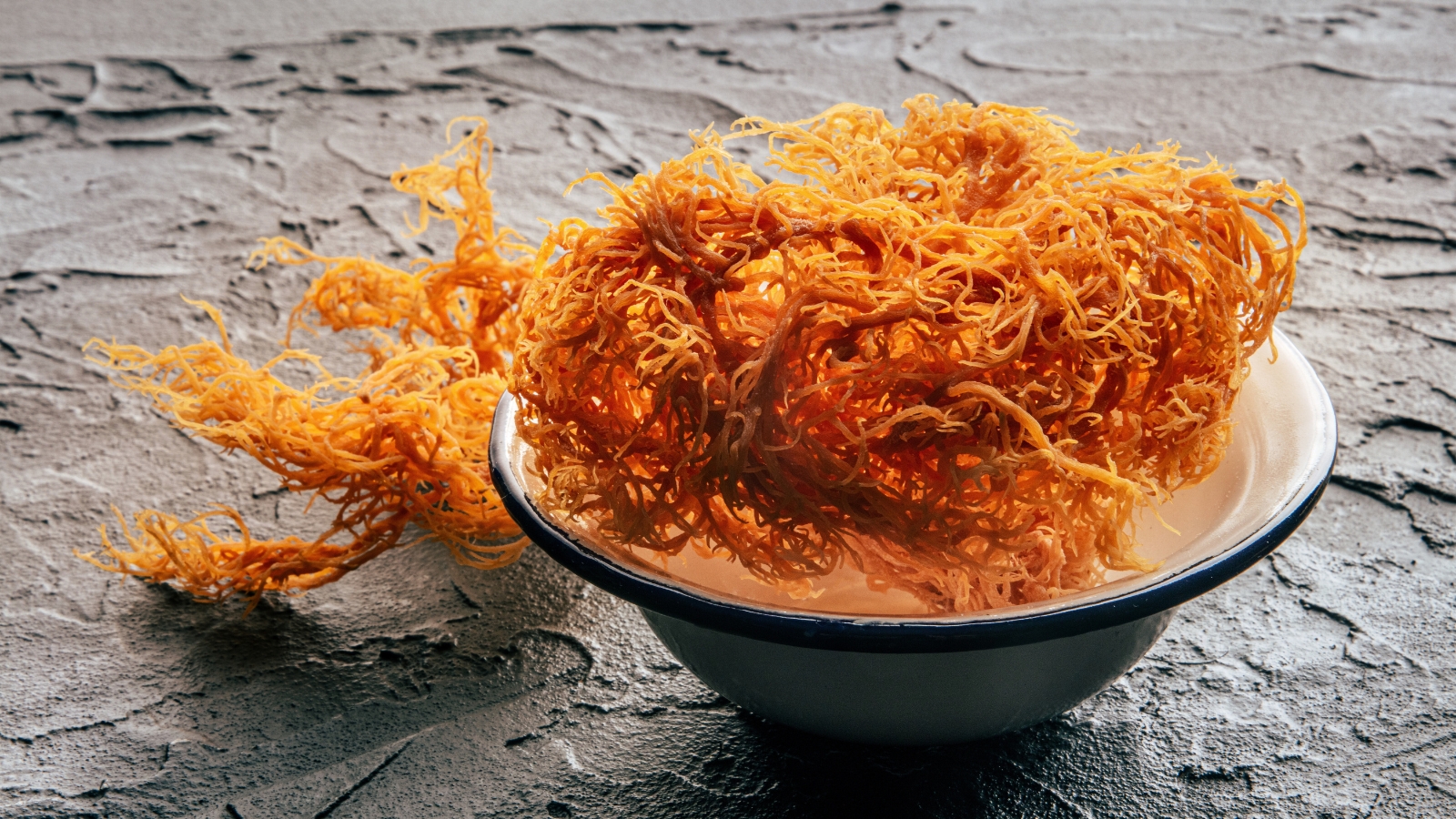
Sea Moss Nutrition
Sea moss is a nutrient-dense superfood that boasts an impressive array of vitamins, minerals, and other beneficial compounds. Here’s a closer look at its nutritional profile:
Sea Moss Minerals
- Iodine: Crucial for thyroid function and hormone production
- Calcium: Supports bone health, muscle function, and nerve signaling
- Magnesium: Involved in energy production, muscle relaxation, and heart health
- Potassium: Regulates fluid balance and supports healthy blood pressure
- Selenium: An antioxidant that supports immune function and thyroid health
Sea Moss Vitamins
- Vitamin A: Supports eye health, immune function, and cell growth
- Vitamin C: A powerful antioxidant that promotes collagen production and immune health
- Vitamin E: Protects cells from oxidative damage and supports skin health
- Vitamin K: Plays a role in blood clotting and bone metabolism
Sea Moss Benefits
The unique nutritional profile of sea moss offers a wide range of potential health benefits.
Digestive Health
The prebiotic properties of sea moss can help support a healthy balance of gut bacteria, promoting regular digestion and reducing symptoms of digestive discomfort.
Immune System Support
The vitamins, minerals, and antioxidants in sea moss work together to support a strong and resilient immune system, helping the body defend against harmful pathogens.
Thyroid Function
The iodine content in sea moss is essential for proper thyroid function, which regulates metabolism, energy levels, and body temperature.
Skin Health
The vitamins and minerals in sea moss, particularly vitamin A and vitamin E, can help support healthy skin by promoting collagen production, reducing inflammation, and protecting against UV damage.
Heart Health
The potassium and magnesium in sea moss may help support healthy blood pressure and reduce the risk of heart disease.
Potential Weight Management Benefits
Sea moss may help support weight management efforts by promoting feelings of fullness and reducing cravings for unhealthy foods.

Forms and Applications of Sea Moss
Sea moss is an incredibly versatile ingredient that can be found in a variety of forms and used in numerous applications. From raw and dried sea moss to gels, gummies, and skincare products, there are many ways to incorporate this nutritious seaweed into your diet and lifestyle.
Raw Sea Moss
Raw sea moss is the freshest form of seaweed, having been recently harvested and cleaned. When soaked in water, it has a slightly salty taste and a gelatinous texture. Raw sea moss can be used to make gels, added to smoothies, or consumed raw. When purchasing raw sea moss, note that it must remain refrigerated.
Dried Sea Moss
Dried sea moss is a convenient and shelf-stable form of the seaweed. It has been dehydrated to remove moisture, resulting in a crispy, brittle texture. Dried sea moss can be reconstituted by soaking it in water and then used in ways similar to raw sea moss. It’s a popular choice for those who want to store sea moss for longer periods or live in areas where fresh sea moss is not readily available.
Powdered Sea Moss
Powdered sea moss is made by grinding dried sea moss into a fine powder. This form is often used as a supplement or added to smoothies, juices, and other beverages for a quick and easy nutrient boost. Powdered sea moss can also be used in cooking and baking as a thickening agent or to add nutrients to recipes.
Sea Moss Gels
Sea moss gel is a popular way to consume seaweed as a dietary supplement. It’s made by blending soaked sea moss with water and optional ingredients like fruit or sweeteners. The gel can be consumed on its own or added to smoothies and recipes for a nutrient boost and thicker texture. Sea moss gel is valued for its high mineral content and potential benefits for digestive health, immune function, and skin health.
Sea Moss Gummies
Sea moss gummies offer a tasty and convenient way to get the benefits of sea moss in an easy-to-consume format. They are typically made with sea moss gel or powder, along with fruit juices, sweeteners, and a gelling agent. These gummies provide a consistent dose of sea moss and can be flavored with natural fruit extracts.
When choosing sea moss gummies, look for high-quality products made with pure, wildcrafted, or organically grown sea moss and minimal added ingredients.
Sea Moss Supplements (Capsules and Tablets)
Sea moss supplements in the form of capsules and tablets are another popular way to consume seaweed. These supplements are made by encapsulating powdered sea moss or extracting specific compounds from the seaweed. They offer a convenient and precise way to get the potential health benefits of sea moss without the need for preparation.
Sea Moss in Skincare Products
In addition to its internal uses, sea moss is also used in various skincare products due to its potential benefits for skin health. The seaweed is rich in vitamins, minerals, and antioxidants that may help to moisturize, soothe, and protect the skin.
Sea moss is used in a range of skincare products, including facial masks and creams, body lotions and gels, soaps and cleansers, and hair care products.

Harvesting and Sustainability
As the popularity of sea moss continues to grow, we cannot ignore the harvesting practices and sustainability issues surrounding this sought-after seaweed. As with all things we take from the natural world, ethical sourcing should remain the number one priority.
Where Sea Moss is Found and How It’s Harvested
Sea moss grows naturally along the Atlantic Ocean’s rocky coastlines, primarily in regions like Ireland, Scotland, the Caribbean, and parts of North America. It thrives in the intertidal zones, where it attaches itself to rocks and other surfaces, forming dense mats that can be harvested during low tide.
Traditionally, sea moss was harvested by hand, with harvesters carefully selecting mature plants and leaving younger ones to grow and reproduce. This method, while time-consuming, allows for a more sustainable approach to harvesting, as it ensures the regeneration of the sea moss population.
However, with the increasing demand for sea moss, some producers have turned to more invasive harvesting methods, such as raking or dredging. These methods can damage the delicate ecosystem and lead to overharvesting, ultimately threatening the long-term viability of sea moss populations.
Sustainable Harvesting Practices
To ensure the sustainability of sea moss, it’s best to prioritize harvesting practices that minimize damage to the ecosystem and allow for the regeneration of the seaweed. This can include:
- Hand-harvesting mature plants and leaving younger ones to grow
- Rotating harvesting sites to allow for recovery and regrowth
- Establishing protected areas where harvesting is prohibited
- Developing aquaculture systems to cultivate sea moss in a controlled environment
By adopting these sustainable harvesting practices, producers can help maintain the long-term health and viability of sea moss populations while still meeting the growing demand for this valuable seaweed.
Importance of Ethical Sourcing
In addition to sustainable harvesting practices, ethical sourcing is crucial when it comes to sea moss. This means ensuring that the seaweed is harvested and processed in a way that respects the environment, the workers involved, and the local communities.
Ethical sourcing practices can include:
- Partnering with local communities and providing fair wages and safe working conditions for harvesters
- Ensuring transparency in the supply chain and traceability of the product
- Supporting initiatives that promote the conservation and restoration of coastal ecosystems
By choosing sea moss products from companies that prioritize ethical sourcing, consumers can support a more sustainable and equitable industry.
Potential Environmental Concerns and Solutions
Despite the efforts to promote sustainable and ethical harvesting practices, there are still potential environmental concerns associated with the growing demand for sea moss. These can include:
- Overharvesting and depletion of wild sea moss populations
- Damage to coastal ecosystems and habitats
- Introduction of invasive species through aquaculture practices
- Pollution and waste generated by processing facilities
To address these concerns, it’s essential for the sea moss industry to work together with researchers, conservationists, and local communities to develop solutions and best practices. Supporting coastal conservation and restoration projects is one way to help ensure the long-term sustainability and health of this valuable resource.

Exploring Sea Moss
While all three types of sea moss share some common nutritional characteristics, there are some notable differences. For example, Irish Moss tends to have a higher content of iodine compared to Jamaican Sea Moss and Gracilaria. On the other hand, Jamaican Sea Moss is particularly rich in calcium and magnesium, making it a popular choice for those looking to support bone health.
As you start out with sea moss gel, gummies, or another type of supplement, consider what your goals are. There are plenty of sea moss varieties for you to choose from and gain the benefits of this ocean treasure.
